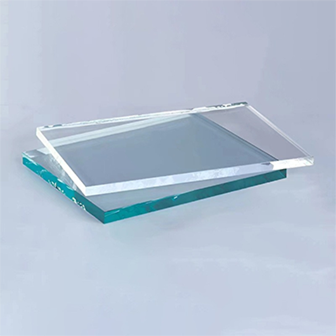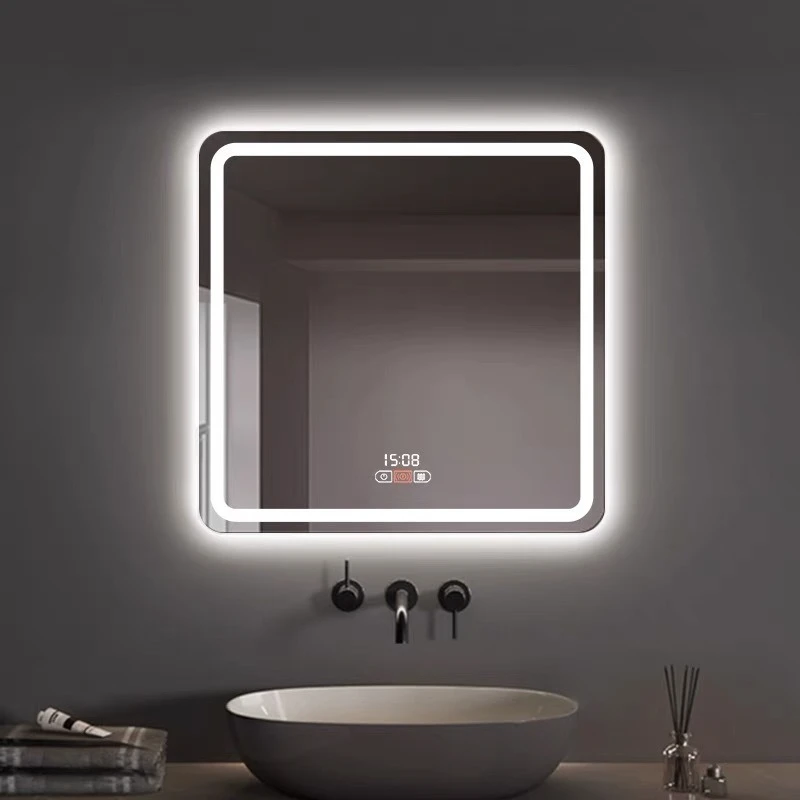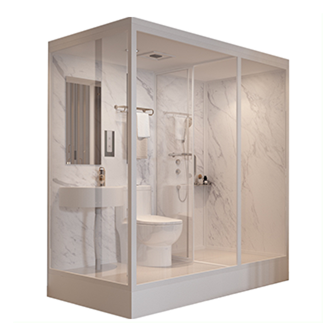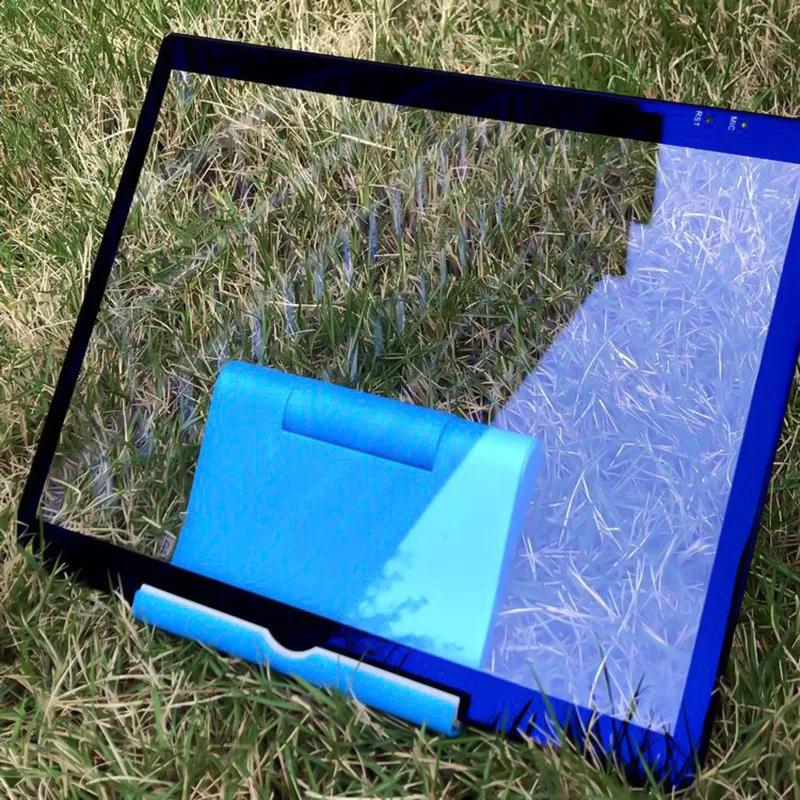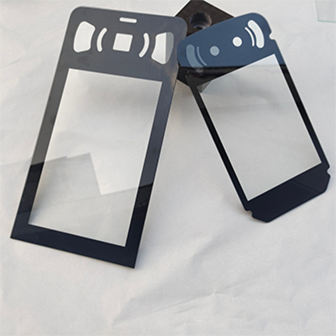Oct . 07, 2025 11:10 Back to list
AG Glass: What Is AG Glass and Why Choose Anti-Glare?
AG Glass: What It Really Delivers in the Field
I’ve been in and out of display labs, kiosk factories, and museum fit-outs for years. The first time a technician slid a sheet of ag glass across a bright workbench, I noticed something simple but telling: the glare just… wasn’t there. Not gone-gone, but tamed. That’s the point. Today, ag glass (anti-glare, acid-etched cousin of standard float) is a quiet hero in real-world deployments—kiosks, tablets, control rooms, even gallery vitrines.
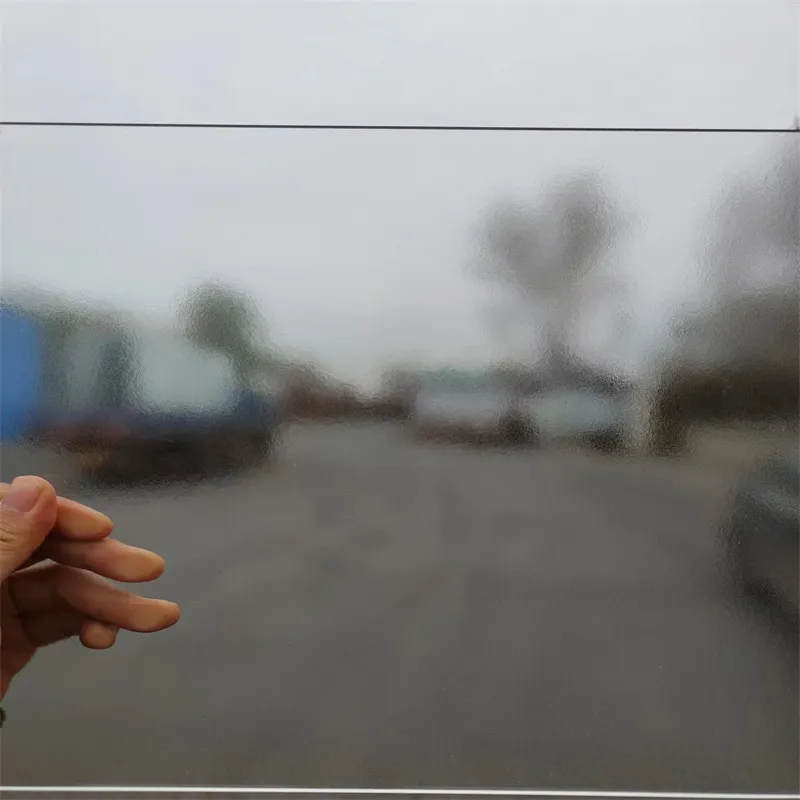
How it’s made (short version)
AG glass is soda‑lime float glass with a controlled matte surface. Production mirrors acid-etched glass but uses a tighter acid blend and stricter control over surface roughness and light transmission. In practice:
- Material: premium float glass (ASTM C1036 grade) → optional heat-strengthened/tempered later.
- Etch: proprietary acid ratios tuned for sub‑1% reflectivity (≈0.6–0.9% at 550 nm).
- Neutralization and DI rinse: to stabilize the surface and prevent residues.
- Post-process options: tempering/lamination, anti-fingerprint (AF) topcoat, AR stack on the opposite face.
- Inspection: spectrophotometry per ISO 9050; haze via ASTM D1003; roughness Ra via ISO 4287.

Why the industry cares
With outdoor and high‑ambient displays exploding—EV chargers, retail wayfinding, QSR menu boards—glare control is table stakes. AG glass cuts fresnel reflections from roughly 8% for plain float to under 1%, while balancing haze so text doesn’t fuzz out. Many customers say a 7–9% haze feels “crisp but calm.” Your mileage, as always, depends on pixel density and viewing distance.
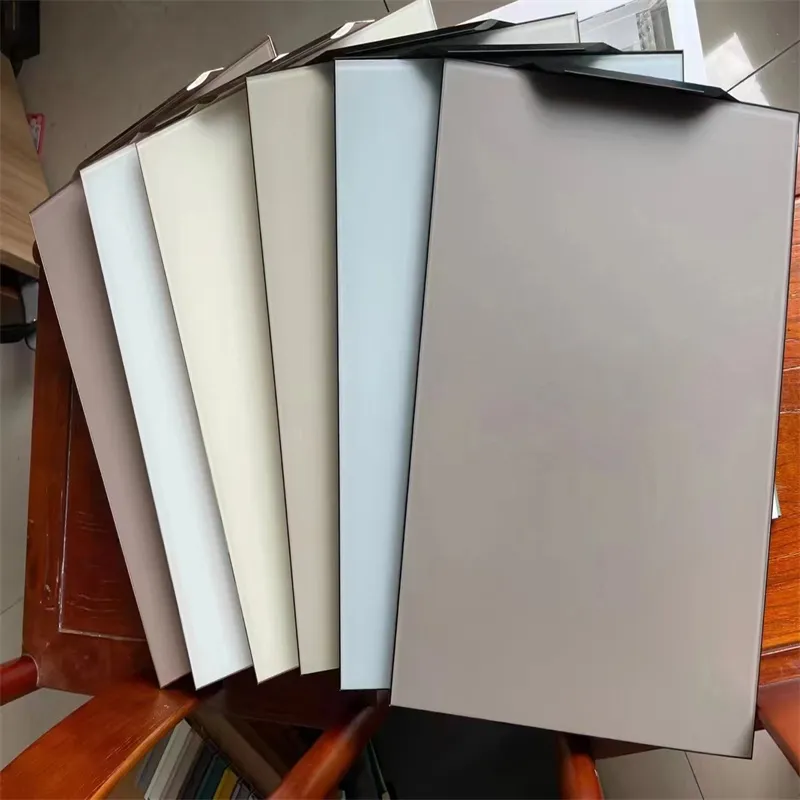
Typical Specifications
| Parameter | Typical value (≈) | Method/Standard | Notes |
|---|---|---|---|
| Surface reflectivity @550 nm | 0.6–0.9% | ISO 9050 | Real-world use may vary with angle. |
| Light transmittance | ≥90% | ISO 9050 | Depends on thickness. |
| Haze | 5–12% (custom) | ASTM D1003 | Tune per display PPI. |
| Surface roughness (Ra) | 0.3–0.8 μm | ISO 4287 | Tighter = crisper image. |
| Thickness range | 1.1–10 mm | ASTM C1036/C1048 | Tempered/laminated optional. |
Origin and factory footprint: North Second Row, East Side of Dadong Logistics, Economic Development Zone, Shahe City, Xingtai, Hebei. It’s a hub; logistics are surprisingly efficient.

Applications and field notes
- Public displays, EV chargers, ticketing kiosks: ag glass reduces user shadowing and screen washout.
- Museums/retail vitrines: low reflection with high clarity for artifacts and SKUs.
- Medical HMI and control rooms: long-view comfort, less eye fatigue.
- Automotive infotainment: pair ag glass with AF coating to cut fingerprints.
Vendor landscape (quick take)
| Vendor type | MOQ | Lead time | Customization | Certs (typ.) | Price level |
|---|---|---|---|---|---|
| Hebei manufacturer (origin above) | Low–medium | 2–4 weeks | Ra/haze, size, temper, AF | RoHS, REACH, ISO 9001 | $$ (competitive) |
| Local distributor | Very low | Stock–1 week | Limited | Varies | $$$ |
| Overseas brand | Medium | 4–8 weeks | Broad | UL/CE + ISO | $$$$ |
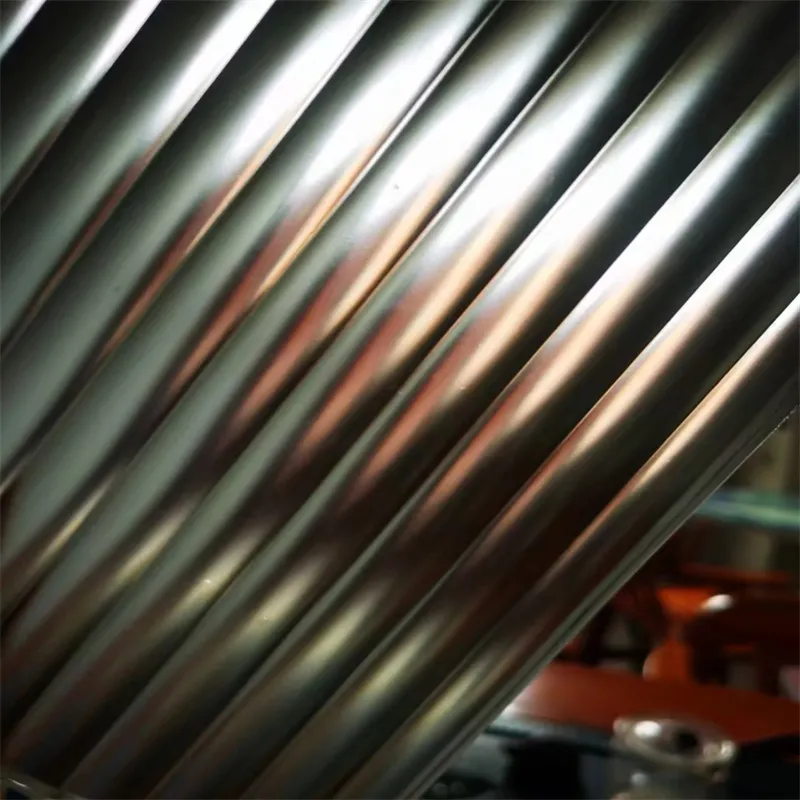
Customization and QA
Tune haze (5/7/9/12%), specify Ra window, thickness (1.1–10 mm), edgework (C-edge, flat, pencil), temper/laminate, and optional AF or AR topcoats. Testing includes reflectance spectra, haze, cross‑lighting visual checks, fragmentation (if tempered), and salt‑spray for outdoor stacks. Service life: ≈7–10 years indoor; outdoors, use laminated ag glass with sealed edges—honestly, that’s where failures usually start.
Quick case snapshots
- Transit kiosk retrofit: swapped clear 4 mm for 4 mm tempered ag glass, haze 8%. Reflected luminance dropped ≈85%, user complaint tickets fell by half.
- Museum vitrine: laminated 3+3 mm, low-iron with ag glass inside face. Reflections decreased visibly; curators reported “truer color” under track lights.
Cleaning tip: microfiber + neutral pH. Avoid ammonia on AF coatings. Sounds obvious, but I’ve watched crews use window spray and undo the magic.
References
- ASTM C1036 – Standard Specification for Flat Glass. https://www.astm.org/c1036
- ASTM D1003 – Haze and Luminous Transmittance. https://www.astm.org/d1003
- ISO 9050 – Glass in building — Solar and luminous characteristics. https://www.iso.org/standard/66110.html
- ISO 4287 – Surface texture: Profile method — Terms and parameters. https://www.iso.org/standard/106624.html
- ASTM C1048 – Heat‑Treated Flat Glass. https://www.astm.org/c1048
-
Types of Reflective Glass
NewsNov.17,2025
-
What Is Dichroic Glass?
NewsNov.17,2025
-
Smart LED mirrors can have touch controls
NewsNov.17,2025
-
Laminated glass improves energy efficiency
NewsNov.17,2025
-
Insulated glass enhances building comfort
NewsNov.17,2025
-
Acid etched glass offers elegant privacy
NewsNov.17,2025
Related PRODUCTS


